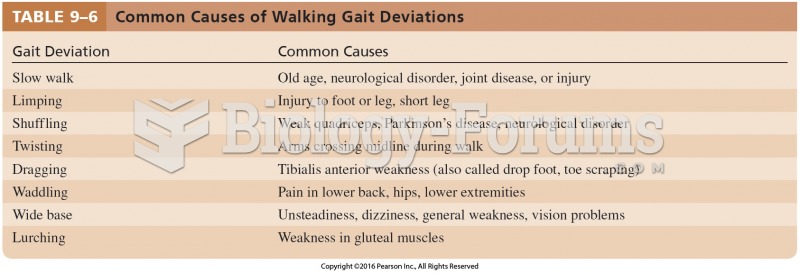Answer to Question 1
ANS: C
The reasoning process used in qualitative research involves perceptually putting pieces together to make them whole.
Qualitative research comes from traditions of many different disciplines. The reasoning process used in qualitative research involves perceptually putting pieces together to make them whole.
Phenomenological, a type of qualitative research, describes experiences as they are lived. The reasoning process used in qualitative research involves perceptually putting pieces together to make them whole.
Historical research meets this definition, but it is not the goal of all qualitative research. The reasoning process used in qualitative research involves perceptually putting pieces together to make them whole.
Answer to Question 2
ANS: B
The researcher of a qualitative problem applies rigor to the study, just as a quantitative researcher would. The methods are different and not concrete, but findings help gain insights into many problems related to nursing.
The statement After the data are collected, strict adherence to approved analysis will be conducted, objectivity will be maintained, and findings will be reported accurately is much more likely to come from a quantitative researcher because often qualitative researchers must use the data to help drive the analysis. The researcher of a qualitative problem applies rigor to the study, just as a quantitative researcher would. The methods are different and not concrete, but findings help gain insights into many problems related to nursing.
Sample size is not a particular concern of the qualitative researcher and does not guarantee a study's usefulness. The researcher of a qualitative problem applies rigor to the study, just as a quantitative researcher would. The methods are different and not concrete, but findings help gain insights into many problems related to nursing.
The researcher who states My study is based on solid theory and, when completed, will lead to a deeper understanding of this topic does appear to be describing a qualitative study, but is offering less evidence of rigor than the researcher's response in answer A. The researcher of a qualitative problem applies rigor to the study, just as a quantitative researcher would. The methods are different and not concrete, but findings help gain insights into many problems related to nursing.







